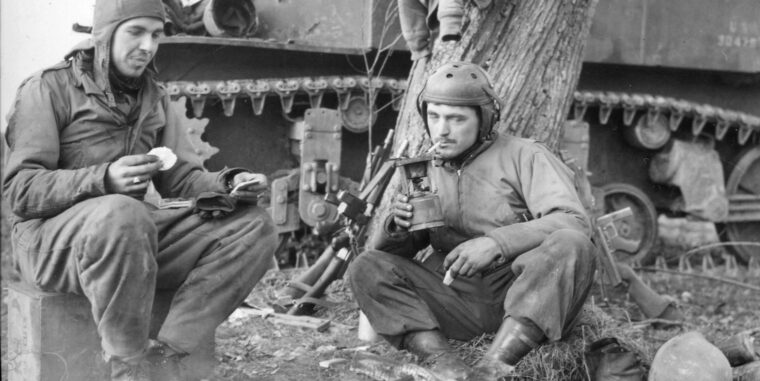
WWII History June 2013
K Rations Created the World’s Best Fed Army
By Richard BerantyK Rations remain one of the great icons of World War II. Soldiers either loved them or hated them. Read more

WWII History June 2013
K Rations remain one of the great icons of World War II. Soldiers either loved them or hated them. Read more
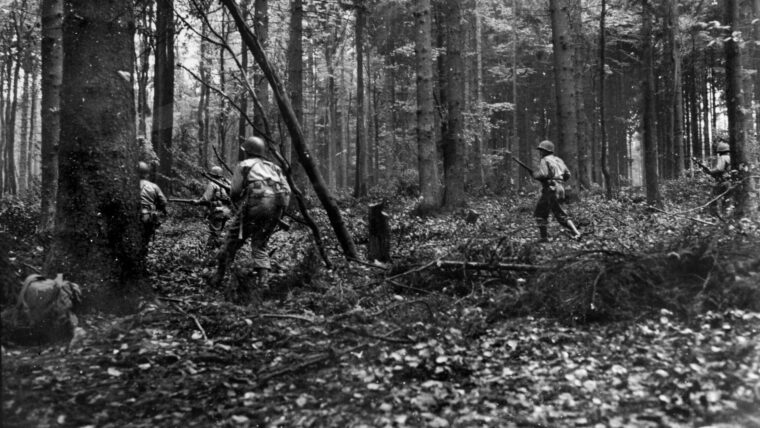
WWII History June 2013
Mired in combat during the Battle of Hürtgen Forest of Germany, an American soldier wrote in December 5, 1944: “The road to the front led straight and muddy brown between the billowing greenery of the broken topless firs, and in the jeeps that were coming back they were bringing the still living. Read more
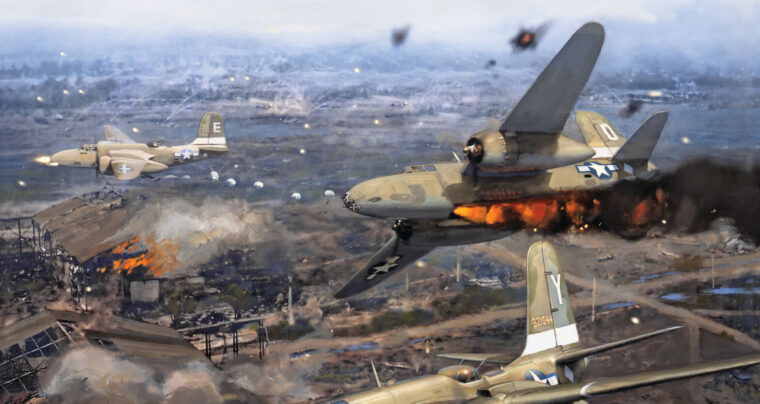
WWII History June 2013
General Douglas MacArthur, Supreme Allied Commander Southwest Pacific Area, kept his promise to return to the Philippine Islands when his Sixth Army under the command of Lt. Read more
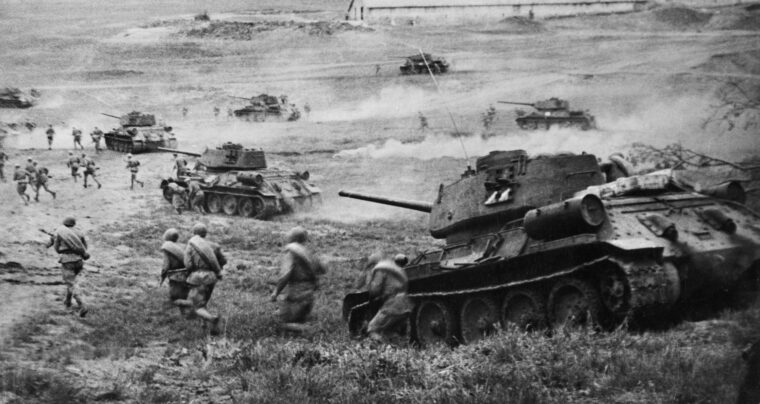
WWII History June 2013
The city of Ternopil, located on the eastern bank of the Seret River, was founded in 1540 as a Polish military stronghold. Read more
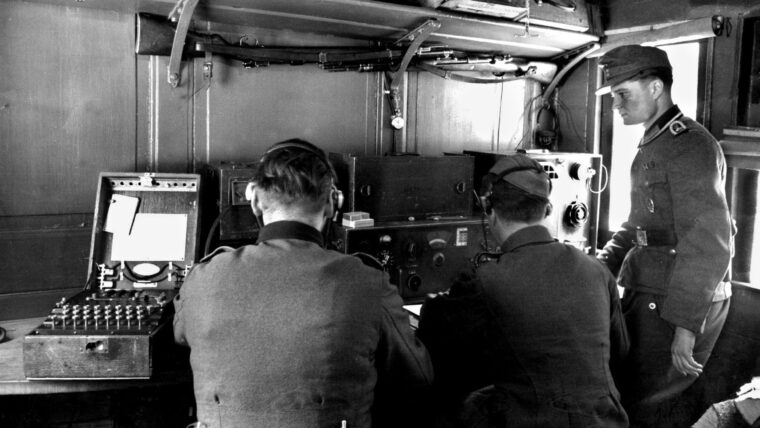
WWII History June 2013
Great Britain’s military intelligence leaders learned from their experience in World War I that the kinds of minds capable of breaking codes are a rare commodity and are often not likely to blossom in a military atmosphere. Read more
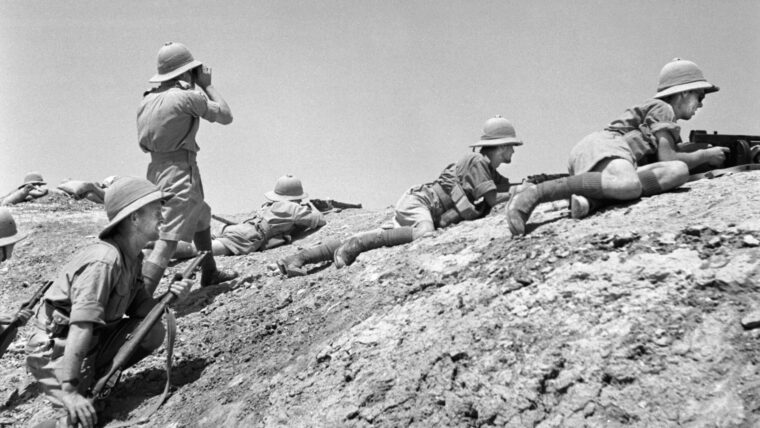
WWII History June 2013
Many students of World War II history know General Sir Claude Auchinleck as the Commander-in-Chief Middle East, who, after taking over for General Sir Archibald Wavell in late June 1941, oversaw the fluctuating fate of Britain’s Eighth Army while combating German General Erwin Rommel’s Afrika Korps during Operations Crusader and Gazala. Read more
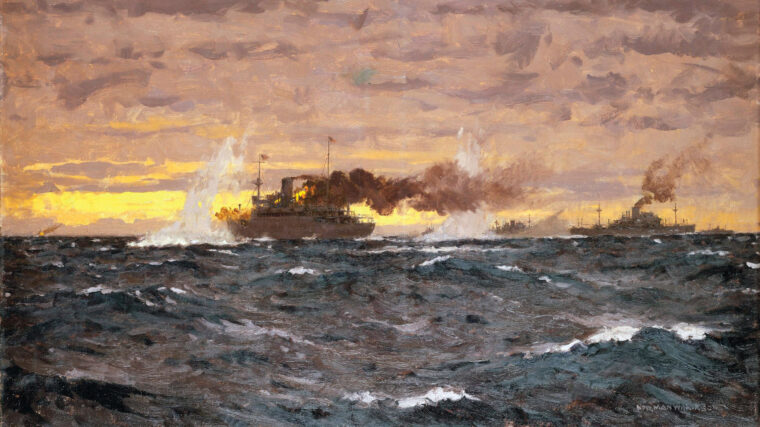
WWII History June 2013
Throughout World War II, the British Admiralty’s deepest concern was the all-important shipping lanes that supplied their island fortress. Read more
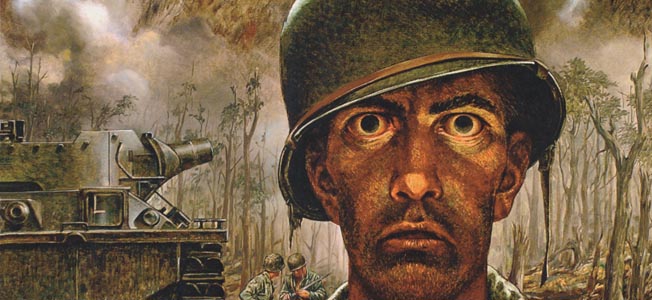
WWII History June 2013
Eugene Sledge knew a thing or two about combat fatigue. It was September 15, 1944, on a tiny spit of land called Peleliu: the Japanese opened up with heavy mortar fire just as the Marines moved off the beach and started inland. Read more
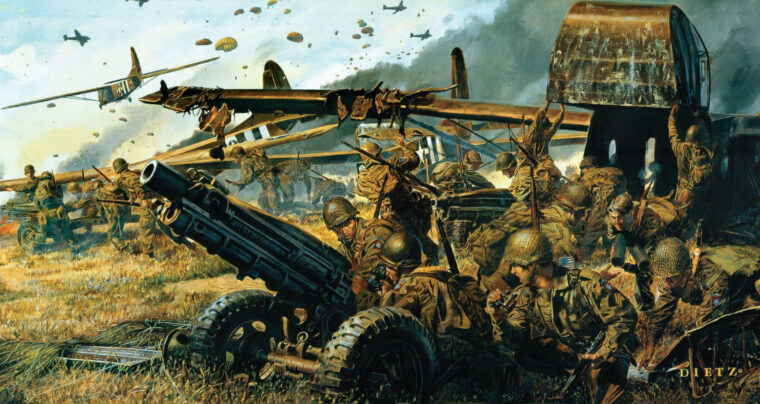
WWII History June 2013
To bring soldiers swiftly and silently onto a battlefield, the U.S. Army decided to follow the German and British examples and build tactical gliders. Read more